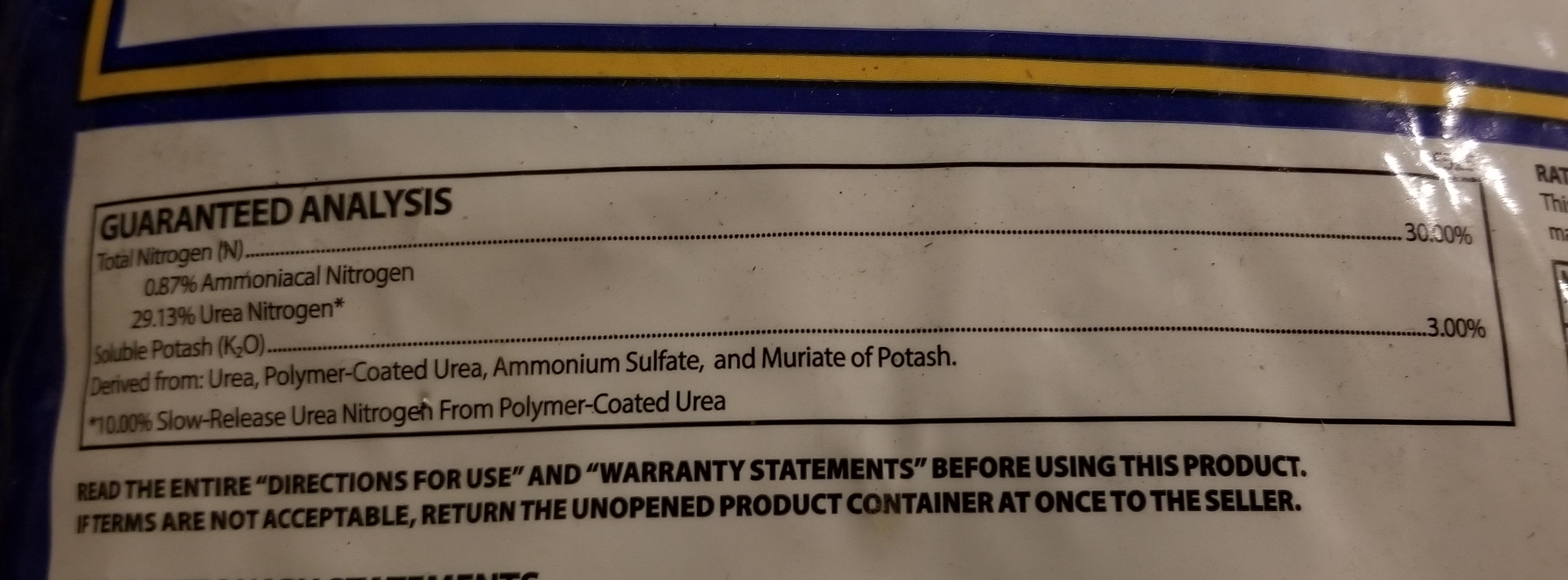Lawn Fertilizer and Pest Control Products in 2022

The past 22 months have brought a tremendous burden to the U.S. and other countries around the globe due to the COVID-19 pandemic. One of the unforeseen issues is the spillover effects that the supply chain problems and worker shortages have had on the lawn and landscape industries. While this post is not intended to encourage hoarding of products along the lines of buying up all the toilet paper in sight, it is helpful to be aware of potential price increases and product shortages at the garden center in 2022.

Landscape maintenance products made both domestically and overseas are expected to be dramatically affected by the pandemic in 2022. On average, recent estimates from suppliers reflect a possible 20-30% increase in fertilizer, seed, lawn mowers, tools and pest control products. Generally, the raw materials for these products are available, however, the shipping and trucking required to transport them is not functioning as it was pre-covid, as well as the short supply of workers to unload trucks and ships are causing stress on the entire purchasing experience.
Our recommendations for dealing with these issues in 2022 include:
*Plan ahead for needed products instead of running out to the garden center/hardware store for a pest control product an hour before it needs to be applied.
*Consider applying less fertilizer to lawns and landscapes. Especially on older lawns, 2-3 lbs. of actual N per 1,000 sq. ft. per year is ideal, instead of the 4-5 that many lawn care packages call for.
*Return lawn clippings to the lawn rather than removing them. Clipping return can replace about 1.0 lb. of applied nitrogen per year.
*Apply fertilizer to actively growing grass; late spring and early fall are the best times to fertilize. Light applications may be needed in mid spring and mid fall, but the bulk of the nutrients should be applied in late spring/early summer and early fall. Over fertilization wastes money, leads to excessive thatch, increased disease incidence and possible nitrogen leaching to the groundwater.
*Scout and monitor pests frequently and apply pest control products as needed rather than on a pre-determined schedule.
*Mow Kentucky bluegrass lawns at 2.5 to 3 inches and tall fescue lawns at 3.5 inches to suppress weeds and lessen the need for weed control products. This will also have a deepening effect on the root system and make the lawn more water efficient.
*Consider lawn aeration to improve the rooting and water efficiency of the lawn.
*Incorporate compost into perennial beds and veggie gardens to improve the overall health of the plants.
This article was reviewed by Nicole Stoner
Sign up for updates from UNL Water
